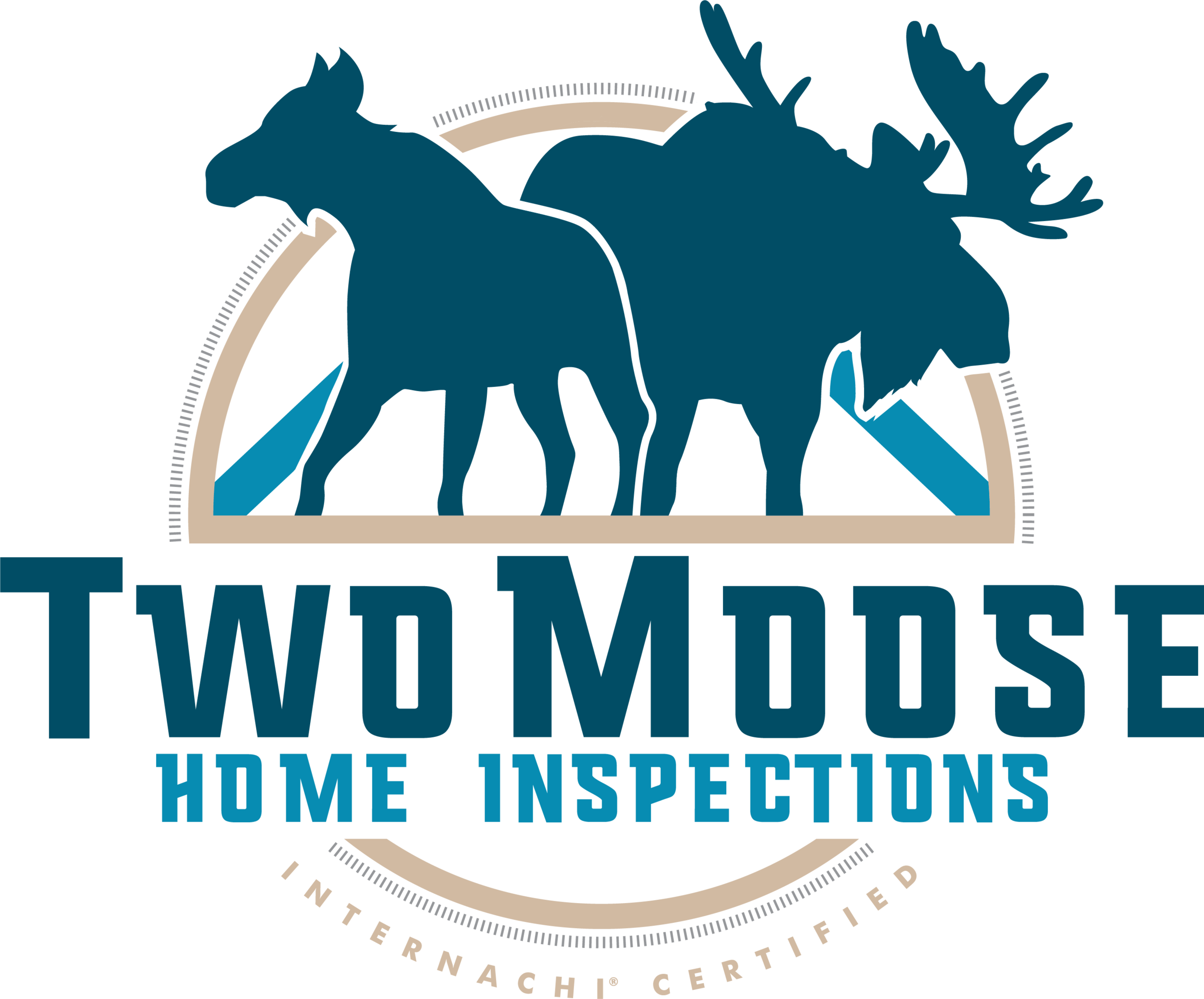Rubber Hose Used for Washing Machine Braided Stainless Steel Needed
Rubber supply lines or hoses are used to transfer water from the home to the washing machine. Washing machines have both a hot and a cold-water connection. Although this doesn’t happen regularly, rubber supply lines have been known to rupture and flood homes. The risk of flooding the home far outweighs the cost of purchasing new supply lines.
Supply lines for washing machines are commonly made of either rubber or braided stainless steel. In each of these categories there are residential and commercial grade supply lines available. Most supply lines that are purchased in big box hardware stores are residential grade. A supply line is in essence a short garden hose. If you can attach a garden hose, then you can attach a supply line.
Supply lines are attached to the home’s water supply and the washing machine uses an electronically actuated valve to start and stop the flow of water. Since the washing machine can shut off the water quickly there can be a shockwave sent down the pipe much like a fender bender when a car in traffic comes to an abrupt stop. To reduce this water hammer shock wave, hammer arrestors should be installed. These devices use a diaphragm to absorb the sudden stop of water flow.
The valve used to service the washing machine can also leak over time and the modern replacement valves used are frequently ball valves. Quarter turn ball valves are becoming the industry standard because of their resistance fatigue caused by overuse or a lack of use.
Rubber supply lines often fail because the water hammer causes the supply line to move. This movement can cause the rubber supply line to fatigue at the brass fitting where it is crimped onto the rubber line. This minor movement from water hammer can wear a hole into the pipe over time resulting in the pipe rupturing. The main concern with a supply line rupturing is that it can happen at any time since the supply line is always pressurized. If the supply line ruptures, then the average house can fill up with 570 gallons in less than one hour. If you are away at work for 8 hours, then more than 4,500 gallons of water could flood your house.
A braided stainless steel supply line is not rupture proof, but the severity of the rupture is often less than a rubber supply line. The braided stainless steel outer sleeve helps to retain ruptures and reduces the amount of flex felt by the hose at the brass fitting. Upgrading your hoses to braided stainless steel supply lines is a great way to reduce the likelihood of a rupture, flooding of your house, and a huge insurance claim.
Steve Vargo made a great video that outlines the differences between the different types of hoses and even showcases a supply line that can only be found at specialty stores.
Grady Hillhouse from Practical Engineering made an excellent video describing how water hammer works.







